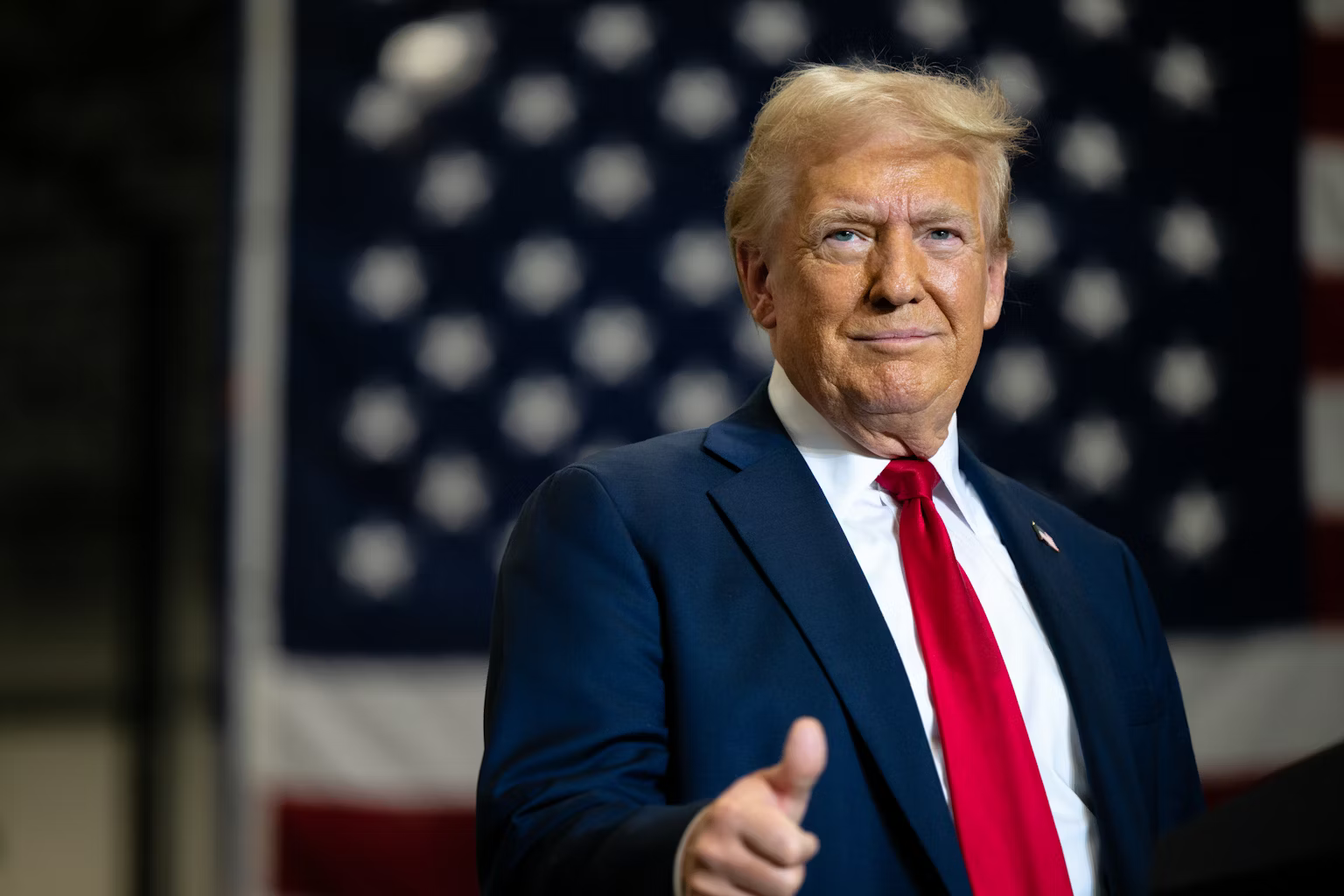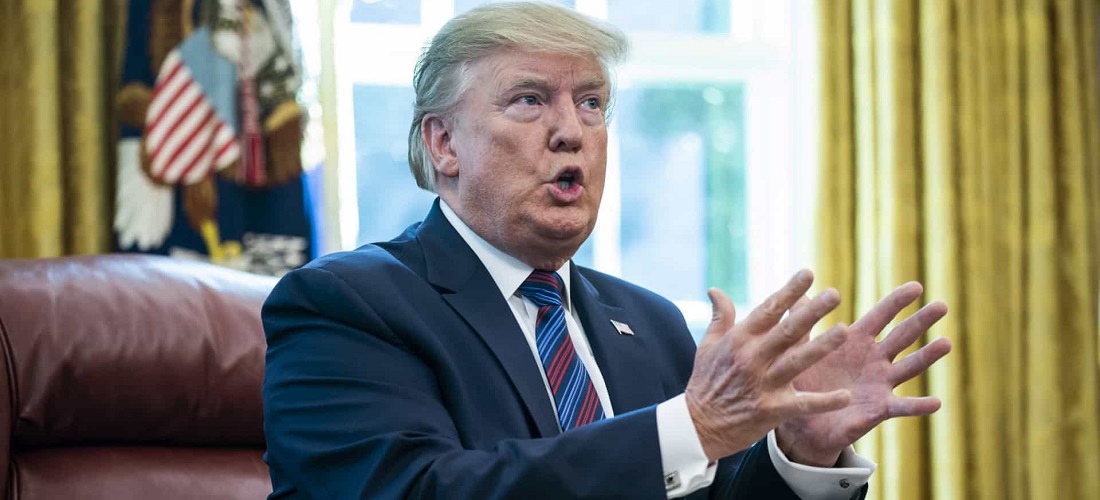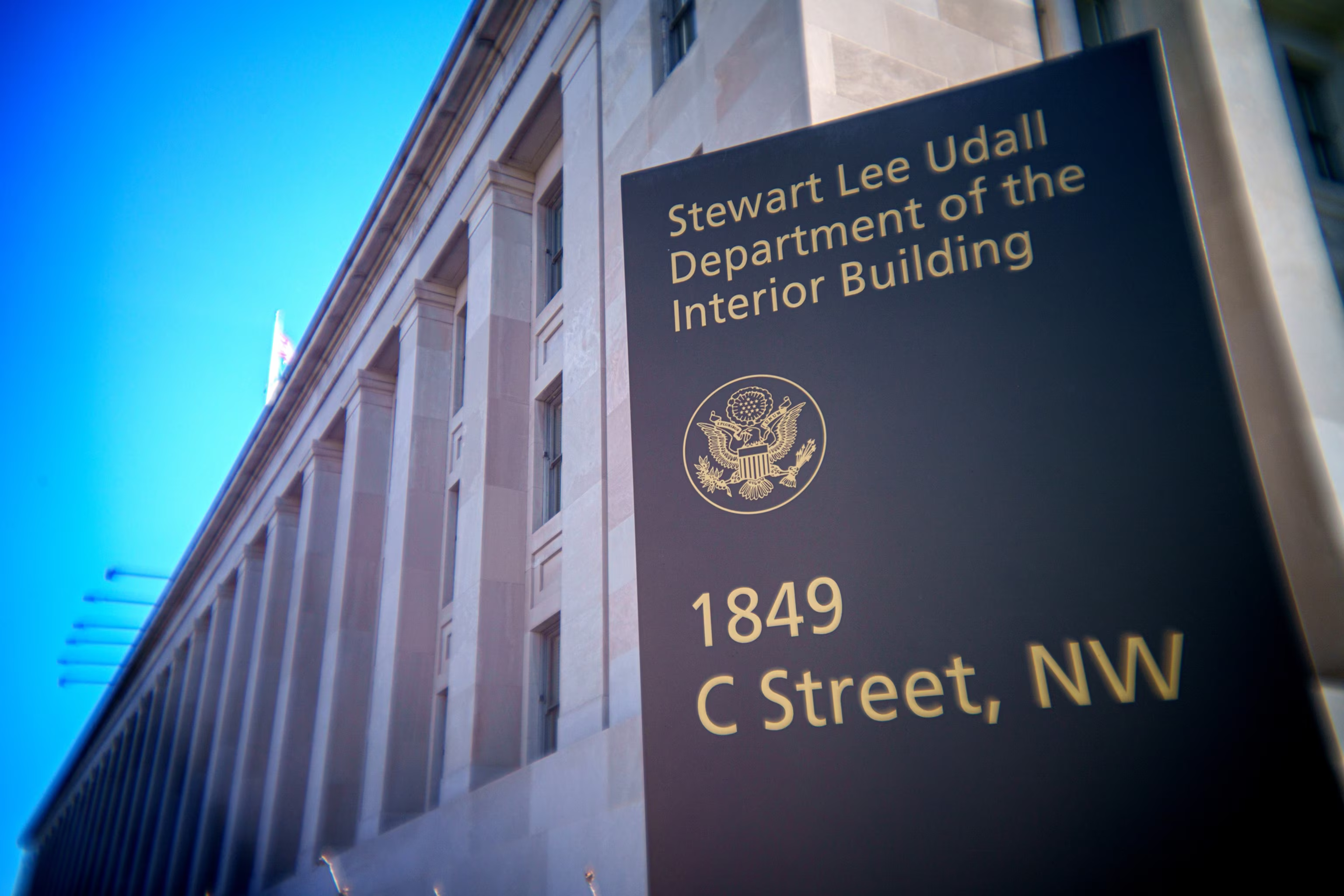Current Economic Indicators
During Donald Trump’s presidency, the American economy displayed seemingly positive indicators. The stock market reached historic highs, the unemployment rate fell to 4.1%, and inflation decreased from 3% to 2.4% since the beginning of the mandate. These figures reflect an apparently stable economic scenario at first glance.
Tariff Policy and Market Reactions
The Trump administration’s tariff strategy was characterized by announcements of aggressive measures followed by retreats or delays in implementation. Wall Street operators coined the term “TACO trade” (Trump Always Chickens Out) to describe this pattern. The most recent example occurred when double-digit tariffs were announced for Japan, South Korea, and other countries, later postponed to August 1st.
Technical Analysis of Tariff Effects
Douglas Holtz-Eakin, president of the American Action Forum, observes that “there’s no way to avoid these price pressures. The tariffs are real. This will show up.” The effects of tariffs do not manifest immediately in the economic system, requiring weeks or months to propagate from the manufacturer chain to wholesalers, retailers, and final consumers.
Many companies anticipated tariff implementation and imported stocks previously, resulting in prices that still reflect pre-tariff levels. This factor contributes to the temporal gap between policy implementation and observable economic effects.
Impact on Consumer Price Index
The Consumer Price Index registered a 2.4% increase in May. However, this figure conceals significant increases in products affected by tariffs, including appliances, toys, computers, and electronics. Such increases were offset by reductions in other sectors, particularly fuel.
Mary Lovely, from the Peterson Institute for International Economics, explains: “It looks like all the numbers are favorable, but you can’t insert all this price pressure into the system and expect it to disappear.”
Labor Market: Data and Trends
The 4.1% unemployment rate in June, with the addition of 147,000 jobs, presents aspects that merit more detailed analysis. Employment growth concentrated in specific sectors, not distributing uniformly across the economy. Additionally, the reduction in unemployment rate resulted partially from the decrease in the number of people actively seeking employment.
Morgan Stanley attributes this trend to the “inhibitory effect” of immigration policies, which resulted in lower labor market participation.
Political Uncertainty and Investments
Instability in trade policies generates what economists call “political uncertainty,” a phenomenon that can negatively impact business investments over time. David Kelly, from JPMorgan Asset Management, observes: “The economy is stable, but it’s losing momentum. Tariff uncertainty is very real.”
Companies need predictable rules for long-term investment decisions, and the intermittent approach to tariffs creates significant challenges for strategic planning.
Relationship Between Stock Market and Economic Policies
Keith Lerner, from Truist Wealth, suggests that record stock market highs may influence the administration to adopt more aggressive trade policies. This confidence based on market performance can potentially trigger economic instabilities that favorable indices currently mask.
Identified Risk Factors
Kristina Hooper, from Man Group, identifies a convergence of factors that pressure American families: anticipation of price increases, resumption of student loan payments, and political uncertainty. According to her analysis, “in this type of environment, just a modest increase in unemployment can tip the economy toward much slower, potentially recessionary growth.”
Final Considerations
The American economy presents apparently favorable indicators – stock market at historic highs, low unemployment, and reduced inflation – that may encourage more aggressive trade stances. However, experts warn that the effects of tariffs have not yet fully manifested due to temporal lag in the economic system.
The strategy of anticipatory importing by companies maintains prices at pre-tariff levels temporarily, while significant increases are already occurring in specific sectors such as appliances and electronics. The pattern of tariff announcements and delays creates uncertainty that may affect business investment in the medium term.
The market recovery following tariff delays transformed risk perception, potentially encouraging greater trade aggressiveness. Current economic data, while positive, may mask inflationary pressures and vulnerabilities that have yet to manifest in the American economic system.
Contact us today through our WhatsApp to discover how we can help you achieve success in the United States. Together, we can turn dreams into reality.
Information source: edition.cnn.com | washingtonpost.com



